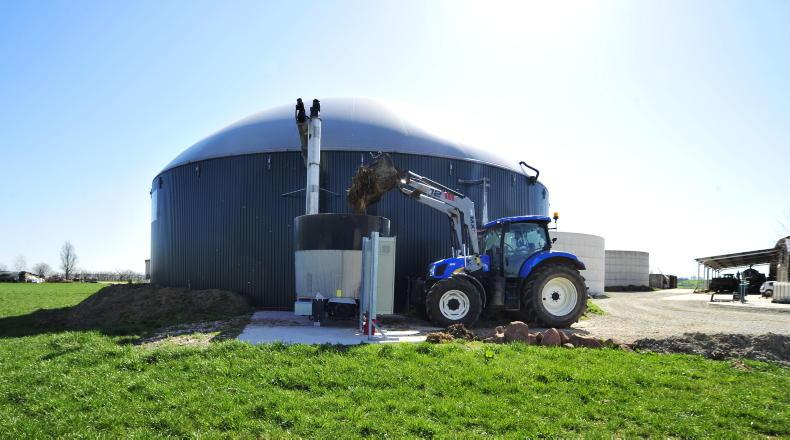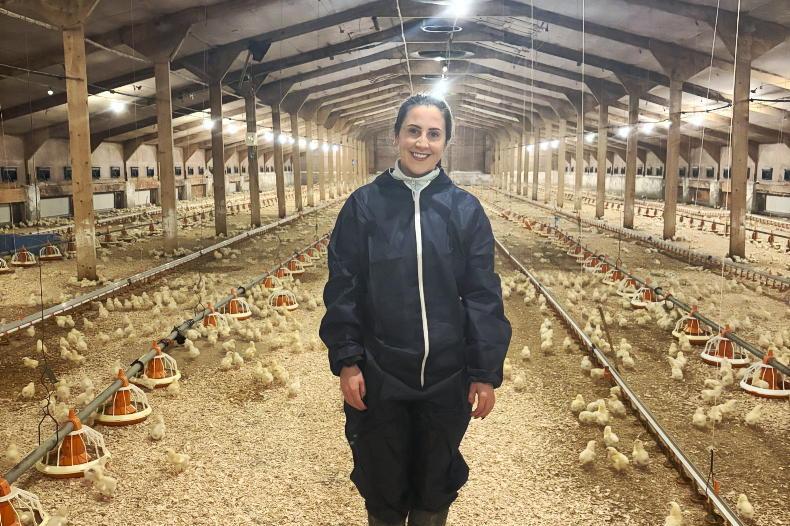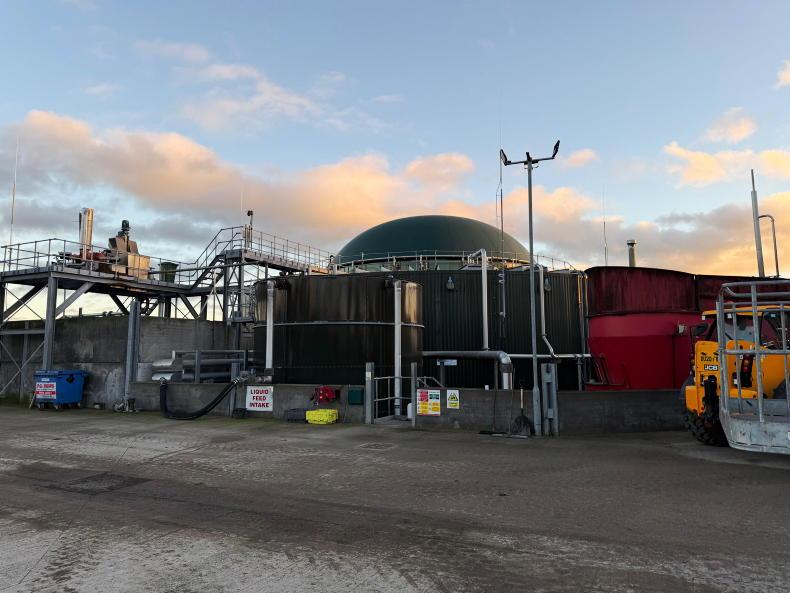Producing feedstock for anaerobic digestion (AD) plants will be one of the key measures to reduce agricultural emissions by 2030, according to the Government's Climate Action Plan.
Emissions reduction targets of between 22% and 30% for agriculture were announced under the plan.
The Government says farmers could contribute agricultural feedstocks to help produce 1.6 terawatt hours (TWh) per annum of biomethane, which will be injected into the gas grid.
Renewable Heat Obligation
The 1.6TWh figure is in line with the target stated under the Renewable Heat Obligation (RHO).
The RHO will stimulate the market for renewable gas by legally mandating suppliers of fuel in the heat sector to have a proportion of their fuel mix coming from renewable sources. This would start in 2023 and increase incrementally to minimum target of 3% by 2030.
That 2030 target equates to around 1.6TWh of renewable heat. We are assuming a typical farm-sized AD plant in Ireland will have a biomethane output of 20 gigawatt hours (GWh).
Therefore, the RHO could create enough demand for up to 80 farm-scale plants by 2030.
A typical 20GWh farm-based AD plant will require approximately 1,000ac of forage feedstock sourced within 10km and a further 16,000t of slurry sourced within 3km to 5km.
Under the Government’s proposals, the equivalent of 80,000ac of feedstock could be required to supply AD plants by 2030.
Incremental feedstock
As featured in last week’s Irish Farmers Journal, a recently published Gas Networks Ireland report showed how it would be possible to supply this feedstock using incremental grass growth.
On average, there is a grass growth gap of more than 3.5t DM/ha on beef farmers when compared with dairy farms, so there is considerable scope to increase grass growth.
By increasing farm averages to 10t DM/ha across 760,000ha of grassland, by optimising soil fertility, this would produce extra feedstock required for feeding plants.










SHARING OPTIONS